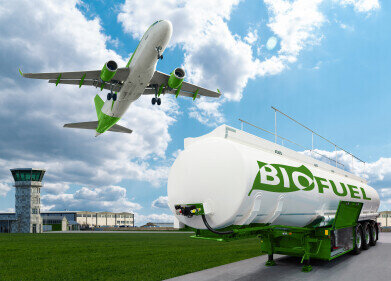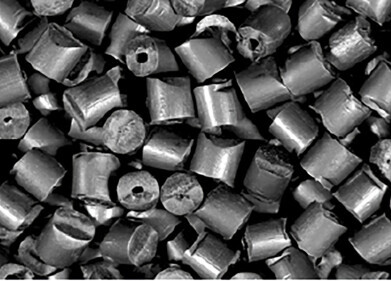Biofuel Industry News
How Does Custody Transfer Vary for Oil vs Gas?
Jan 22 2022
From channelling South Texas crude into oil pipelines to transferring natural gas from North Sea reservoirs to onshore processing plants, resources often change hands multiple times before the final point of sale. Custody transfer plays a key role in regulating upstream, midstream and downstream transactions. The goal is to ensure deals are as accurate as possible, with no bias towards either party.
While custody transfer processes for oil and gas applications share the same goal, the process can vary. Below, we take a closer look at the differences between custody transfer for oil vs gas.
Oil custody transfer
Viscosity is a crucial factor when choosing oil custody transfer systems. Maintaining flow measurement accuracy for medium and heavy crude oils can be challenging as even small temperature increases can affect fluid viscosity. This can compromise flow measurement accuracy when the system is calibrated to measure oil of a certain viscosity.
Oil custody transfer transactions are regulated by industry-specific bodies, including the American Petroleum Industry (API) and the UK Oil & Gas Authority (OGA). Both publish fiscal measurement standards for both oil and gas.
Gas custody transfer
Custody transfer in the gas sector calls for specialised equipment as gas is a weightless and invisible commodity. Flowmeters offer the most accurate and reliable results, with ultrasonic, Coriolis, turbine and Differential pressure (DP) systems widely used for gas custody transfer applications.
Gas custody transfer processes are designed to address the unique challenges of the commodity. This can include issues such as high pressure and volatility. Properly designed metering systems are essential to maintain accuracy and safeguard personnel.
Custody transfer transactions in the gas sector are regulated by industry-specific bodies, including the American Gas Association (AGA) and the IGEM/GM/4, a set of procedures that outlines the “specification, design, installation and operation of meter installations for high accuracy flow measurement of piped Natural Gas operating within the pressure range exceeding 38 bar and not exceeding 100 bar.”
The ISO 17089-1:2019 is another common industry-specific standard. It lays out the “requirements and recommendations for ultrasonic gas flowmeters (USMs), which utilise the transit time of acoustic signals to measure the flow of single phase homogenous gases in closed conduits.”
What’s next for custody transfer?
While the oil and gas industry has experienced a slump since the COVID-19 pandemic, analysts predict an upsurge over the next five years. In 2019, a Flow Research study revealed worldwide sales for oil and gas flowmeters topped US$1,600,000 million. The company expects the industry to grow at an annual rate of 2.6% over the next five years, with the market set to hit US$1,860,000 million by 2024.
Want to know more about custody transfer processes in the energy industry. We dive deep into the topic in our complete guide - ‘Custody Transfer in Oil and Gas: Your Questions Answered’.
Digital Edition
PIN 25.2 Apr/May
April 2024
In this Edition Safety - Carbon monoxide toxic and flammable gas detection Analytical Instrumentation - Density: A fundamental parameter at critical stages within the petroleum sector...
View all digital editions
Events
May 05 2024 Seville, Spain
May 06 2024 Riyadh, Saudi Arabia
May 06 2024 Houston, Tx, USA
May 06 2024 Houston, Tx, USA
Canada Gas & LNG Exhibition & Conference
May 07 2024 Vancouver, BC, Canada


















